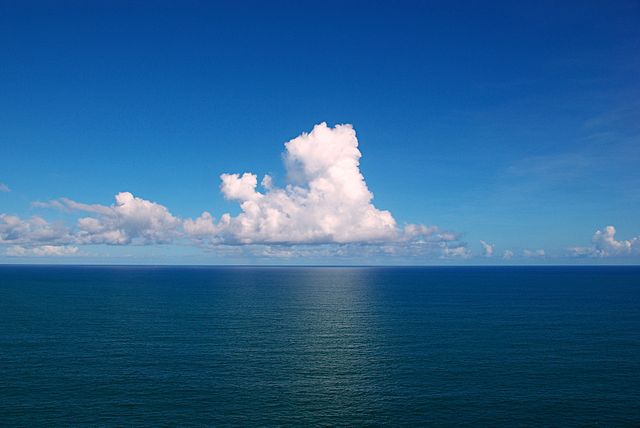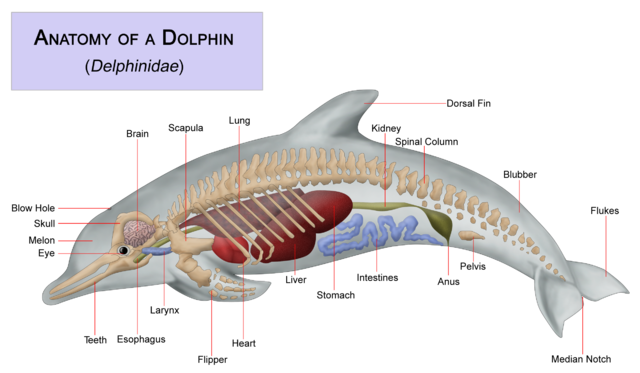
Form and Function
The Stenella clymene is very closely related to and frequently
misidentified with the spinner dolphin (Stenella longirostris).
Compared to the spinner dolphin, the Stenella clymene has a more
stocky body shape and shorter length (Perrin et al. 1981). Once an
adult, the dolphin will measure 183-196 cm in length (Perrin et al.
1981) and weigh 150-190 pounds (Jefferson and Curry 2003). The pectoral
flippers, beak and dorsal fin are typically noticeably shorter than
those of the spinner dolphin (Perrin et al. 1981).The Stenella
clymene will have anywhere from 38-49 small teeth per row and
have a beak measuring 9-11 cm long (Perrin et al. 1981).
more
stocky body shape and shorter length (Perrin et al. 1981). Once an
adult, the dolphin will measure 183-196 cm in length (Perrin et al.
1981) and weigh 150-190 pounds (Jefferson and Curry 2003). The pectoral
flippers, beak and dorsal fin are typically noticeably shorter than
those of the spinner dolphin (Perrin et al. 1981).The Stenella
clymene will have anywhere from 38-49 small teeth per row and
have a beak measuring 9-11 cm long (Perrin et al. 1981).
As a member of the Delphinidae family, the
Stenella clymene has many of the same general physical characteristics as other
dolphins such as the spotted dolphin (Stenella
frontalis) and whales including the killer whale (Orcinius
Orca). They have a hydro-dynamic body shape with two
pectoral flippers, a single blowhole, and a tail comprised of two
flukes
(Sea World: Adaptations 2002). The tail is composed of two lobes
which help the organism to move in an aquatic environment. The back
muscles move the tail in an up and down motion to propel the dolphin
forward (Sea World: Physical 2002). The pectoral flippers are what
help the organism steer. All dolphins possess a bone structure in
the flippers closely resembling the forelimbs of land mammals. This
suggests that species of the Delphinidae family are derived from a
terrestrial ancestor (Sea World: Physical 2002). The dorsal fin is
located at the center of the Stenella clymene’s back just like most
other dolphins. This is what helps the organism balance and stay
stabilized while swimming (Sea World: Physical 2002).

Figure 6. This diagram shows the anatomy of a dolphin. It displays
the dorsal fin, flippers, flukes and blowhole.
The blowhole at the top of the head allows the organism to
breathe at the surface via a muscle at the opening that contracts to
open and relaxes to close (Sea World: Adaptations 2002). The
Stenella cylemene and other dolphin species have developed the
ability to hold their breath for extended periods of time to allow
for prolonged submerges. With each breath, a dolphin is able to
exchange oxygen from more than 80% of the air in its lungs while
humans exchange about 17% (Sea World: Adaptations 2002). This
efficiency of oxygen exchange helps the Clymene dolphin in
particular to dive to deep pelagic depths.
Echolocation is an ability that the Stenella clymene
is able to utilize in order to familiarize itself with its
surroundings and efficiently locate prey. This process works by
sending high-frequency sound waves through its melon, or head, and
interpret the echo waves that are deflected back at the dolphin into
a mental picture of its surroundings (Sea World: Communication
2002). Collecting the echo waves in the
fat-filled cavities inside the lower jawbone, the information is
able to be sent to the brain to be interpreted. Proximity, shape,
speed and size are able to be determined and allows the dolphin to
hone in on prey or avoid a predator (Sea World: Communication 2002).
Continue to Reproduction